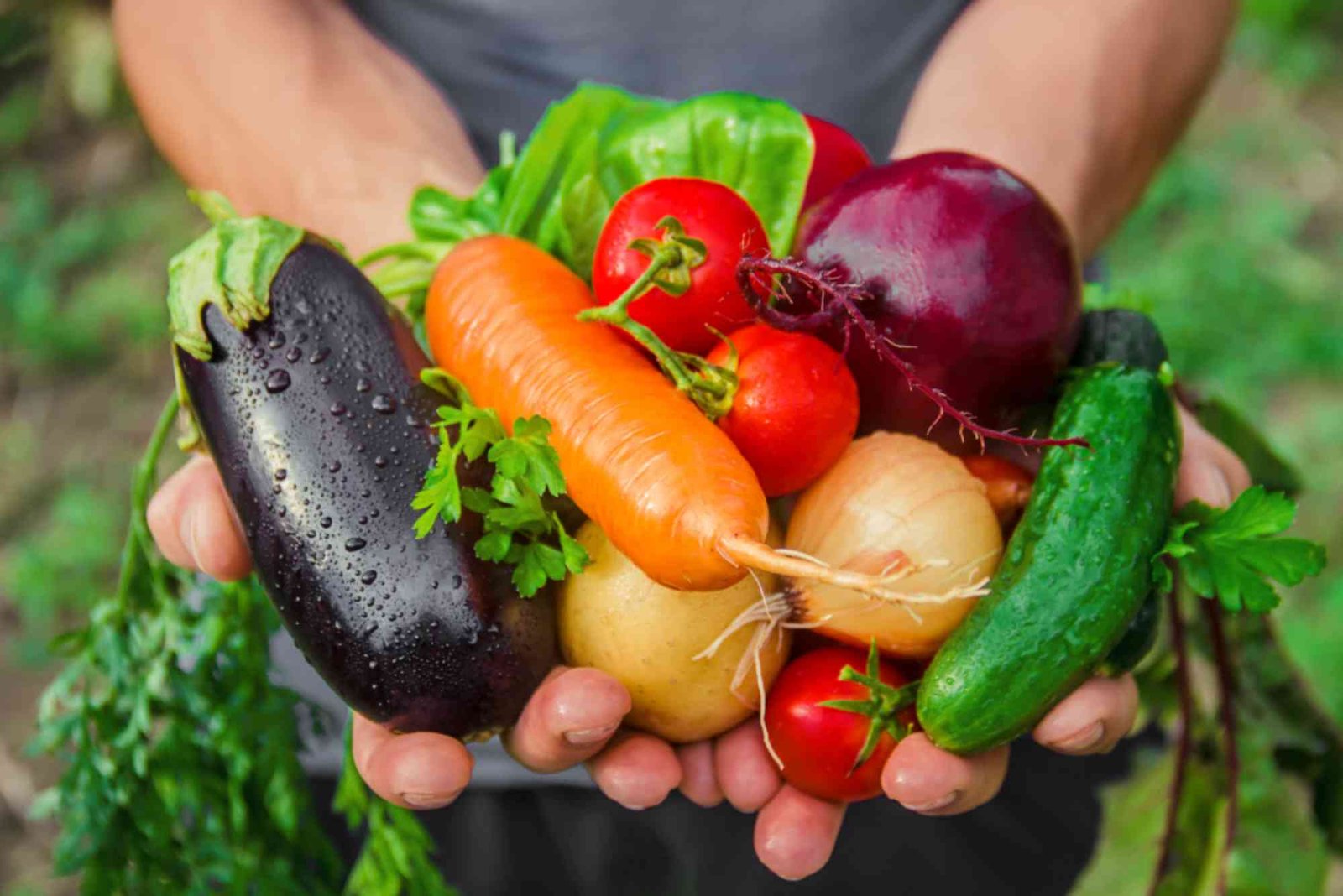The Essential Guide to Plant Food for Thriving Plants
Plants, whether they’re indoor houseplants, garden vegetables, or outdoor flowers, require nutrients to grow healthy and strong. Just like humans need food for energy and nourishment, plants also depend on nutrients for their survival. The right plant food can make all the difference between a lush, flourishing plant and one that struggles to thrive. In this guide, we’ll explore what plant food is, why it’s important, how to choose the best one, and how to use it effectively.
What Is Plant Food?
Plant food, also known as fertilizer, is a substance that provides essential nutrients to plants. These nutrients include macronutrients like nitrogen (N), phosphorus (P), and potassium (K), as well as micronutrients like calcium, magnesium, and sulfur. These elements are crucial for plant health, supporting processes such as photosynthesis, root development, flower production, and disease resistance. Plant food can come in different forms, including liquid, granular, or slow-release options.
Why Do Plants Need Food?
Plants are living organisms that need a range of nutrients to grow and reproduce. They absorb most of these nutrients from the soil, but over time, soil may become depleted of these essential elements, especially if plants are continually grown in the same area. By supplementing the soil with plant food, you help replenish these nutrients, encouraging healthy root systems, lush foliage, and vibrant blooms.
Without adequate plant food, plants can experience deficiencies that result in poor growth, yellowing leaves, stunted development, or even plant death. Therefore, choosing the right plant food and using it correctly is crucial for the longevity and vitality of your plants.
Different Types of Plant Food
There are several types of plant food available, each designed for different plant needs. These include general-purpose fertilizers, which are suitable for most plants, as well as specialized fertilizers for specific plant types such as roses, tomatoes, or succulents. Each type of plant food is formulated to meet the specific nutritional needs of the plants it’s meant to support.
Liquid plant food is popular for quick absorption and is often used for indoor plants or container gardens. Granular fertilizers, on the other hand, are slower to release and are ideal for larger outdoor plants or garden beds. Slow-release fertilizers release nutrients gradually over time, providing continuous feeding for months. Organic fertilizers, made from natural materials like compost or manure, are also an excellent option for those who prefer eco-friendly choices.
How to Choose the Right Plant Food
Choosing the right plant food depends on the type of plants you’re growing and their specific nutritional needs. Most plant foods come with a ratio of nitrogen, phosphorus, and potassium (N-P-K) numbers on the packaging. These numbers indicate the percentage of each nutrient in the fertilizer.
- Nitrogen (N) promotes leaf and stem growth, making it ideal for leafy greens and plants with a lot of foliage.
- Phosphorus (P) supports strong root development and flower production, making it suitable for flowering plants and vegetables.
- Potassium (K) helps plants resist disease, improve water retention, and produce fruit.
If you’re unsure of what your plants need, start with a balanced fertilizer (such as a 10-10-10 formula) that provides an equal amount of all three nutrients. However, if you know your plant’s specific needs, choosing a specialized fertilizer will help promote better growth and blooms.
How to Apply Plant Food
Applying plant food correctly is essential to avoid over-fertilizing, which can damage plants. Start by following the instructions on the fertilizer packaging to determine the right amount to use. Too much fertilizer can cause the soil to become too salty, harming the plant roots. On the other hand, using too little may not provide enough nutrients to sustain growth.
Liquid fertilizers should be mixed with water and applied directly to the soil or foliage, while granular fertilizers are sprinkled around the base of the plant. For slow-release fertilizers, it’s usually recommended to mix them into the soil before planting, allowing them to release nutrients gradually.
For indoor plants, feed them during their growing season, typically in spring and summer, and reduce feeding in the dormant fall and winter months. Outdoor plants can generally be fertilized throughout the growing season but be careful to adjust the frequency according to the plant’s needs.
Benefits of Organic Plant Food
Organic plant food is made from natural materials and is an environmentally friendly alternative to synthetic fertilizers. It’s a great option for gardeners who prefer to use eco-friendly methods. Organic fertilizers improve soil health over time, increasing its ability to retain moisture, support beneficial microorganisms, and maintain its fertility.
Some popular organic plant food options include compost, manure, fish emulsion, and bone meal. These products not only provide essential nutrients but also help build healthier, more sustainable soil. While organic fertilizers may take longer to show results compared to synthetic options, they are a safer choice for long-term plant health and environmental preservation.
Common Mistakes to Avoid When Using Plant Food
While plant food is essential for plant growth, there are common mistakes that gardeners often make when using it. One common error is over-fertilizing, which can lead to nutrient imbalances, root burn, and poor plant growth. Always follow the recommended application rates and frequencies for your specific plants.
Another mistake is applying fertilizer to dry soil, which can result in poor nutrient absorption. It’s best to water the soil before applying fertilizer to ensure the nutrients are absorbed properly.
Additionally, failing to adjust plant food according to the season can also be problematic. During the growing season, plants require more nutrients, while during their dormant phase, they need less. Being mindful of these seasonal changes can help optimize plant health.
Providing your plants with the right nutrients through plant food is key to ensuring they grow healthy, vibrant, and strong. By understanding the different types of plant food available, how to choose the best one for your plants, and how to apply it correctly, you can foster thriving plants in your home or garden. Whether you opt for organic or synthetic options, feeding your plants the nutrients they need will pay off in the form of beautiful, bountiful growth.
FAQs about Plant Food
1. How often should I fertilize my plants?
Fertilize most plants every 4-6 weeks during the growing season (spring and summer) and reduce or stop feeding during fall and winter.
2. Can I use plant food on all plants?
While many plant foods are suitable for a wide range of plants, it’s best to choose specific fertilizers for different types (e.g., vegetables, flowers, succulents).
3. Can I make my own plant food at home?
Yes, you can create organic fertilizers at home using materials like compost, coffee grounds, or fish tank water.
4. What’s the difference between organic and synthetic plant food?
Organic plant food is made from natural sources and enriches the soil long-term, while synthetic fertilizers provide quick results but may harm soil health over time.
5. How do I know if my plants need food?
Signs include yellowing leaves, poor growth, or stunted flowers, which could indicate nutrient deficiencies.




